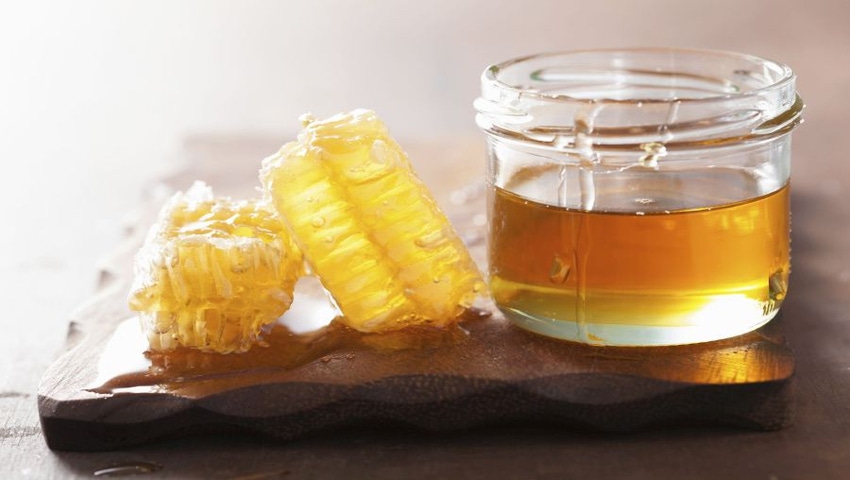Confusion surrounding sweeteners makes it especially challenging for manufacturers to satisfy changing consumer attitudes while meeting their own formulation and operational needs. For example, fructose, a naturally occurring carbohydrate sweetener that offers many functional benefits to food and beverage manufacturers, has recently come under increased scrutiny.
December 22, 2016

In recent years, food and beverage manufacturers often have found themselves caught in the middle of shifting attitudes and consumer confusion surrounding sweeteners. On the one hand, consumers want great taste, and it’s the top driver for food and beverage purchase decisions.1 On the other hand, many consumers worldwide have made reducing sugar and calorie intake a top priority. A recent survey found that 47 percent of consumers’ purchasing decisions were significantly impacted when products claimed to have low-/reduced-/no-sugar; 44 percent were influenced by low-/reduced-calorie claims.2
However, the confusion surrounding sweeteners makes it especially challenging for manufacturers to satisfy changing consumer attitudes while meeting their own formulation and operational needs. For example, fructose, a naturally occurring carbohydrate sweetener that offers many functional benefits to food and beverage manufacturers, has recently come under increased scrutiny. It seems to be suffering from a case of mistaken identity among consumers. Some consumers might wrongly consider fructose to be unhealthy and think it is linked to conditions such as diabetes and obesity. However, its safety has been documented in several scientific reviews.
An International Life Sciences Institute (ILSI) Expert Panel found there is no basis for recommending increases or decreases in fructose use in the general food and beverage supply or in special dietary use products.3 What’s more, the World Health Organization (WHO) and the United Nations’ Food and Agriculture Organization (FAO) have stated that the consumption of sugars is not a causative factor in any disease, including obesity.4
If consumers knew the facts about fructose, they would better understand that it helps to reduce calories and sugar while providing the same great taste and texture they expect from full-calorie/-sugar products.
The Benefits of Fructose
Fructose is a monosaccharide found naturally in many foods, including fruits, vegetables and honey. It is the sweetest of all naturally occurring carbohydrate sweeteners. Besides providing sweetness, fructose enhances flavor, mixes well with other sweeteners and starches, has higher solubility than sucrose, improves humectancy and protects fruit textures in frozen foods.
The higher sweetness potency of fructose also delivers a faster sweetness response. This gives manufacturers the ability to reduce total calories by using fructose in place of less-sweet carbohydrates and sugars. Additionally, fructose works well in sweetener synergies with nutritive and non-nutritive sweeteners, enabling formulators to reach the same sweetness levels while using fewer total sweeteners overall.
Beyond its sweetening and functional properties, fructose has a low-glycemic response. This means consuming foods sweetened with fructose leads to a lower blood glucose rise compared to eating foods made with sucrose or glucose, a factor that’s especially important to people with diabetes.
Because of the versatility of fructose, the number of food and beverages formulated with the ingredient has significantly increased over the past 30 years. In North America, alone, 5,482 products containing fructose have launched since 2010.5 (Check out INSIDER's Infographic: Natural Sweeteners Find Their Sweet Spot to find out more about natural sweeteners being used in food and beverage development.)
Debunking Fructose Myths
Some consumers who are familiar with fructose in nature believe that the “manufactured" fructose is different or inferior. The truth is the two are molecularly identical.
Another myth is that many consumers think fructose and high fructose corn syrup (HFCS) are one and the same, but they are two very different ingredients. HFCS contains almost equal amounts of fructose and glucose, typically about 55 percent fructose and 45 percent glucose—about the same percentages found in sucrose or table sugar, whereas fructose is 100-percent fructose.
The Sweet Truth
Reduced calories. Increased functionality. Lower glycemic response. Extraordinary taste. The truth is fructose provides many benefits to manufacturers and consumers. Once consumers know the facts about fructose, they’ll understand it is an ingredient that can help meet their priorities for good health and great taste.
The more the industry can help consumers understand the differences in their sweetener options, the more confident consumers are likely to feel about choosing ingredients that work best with their personal health goals. For resources to help consumers know the truths about fructose, visit fructosefacts.org.
Luis Fernandez is the senior vice president of global applications for Tate & Lyle. He has more than 25 years of experience in food ingredient applications in multiple categories, including confectionery, beverages, bakery and snack, and dairy, to name a few. Fernandez is also a Fellow of the Institute of Food Technologists and of the International Academy of Food Science and Technology.
About the Author(s)
You May Also Like




.png?width=800&auto=webp&quality=80&disable=upscale)